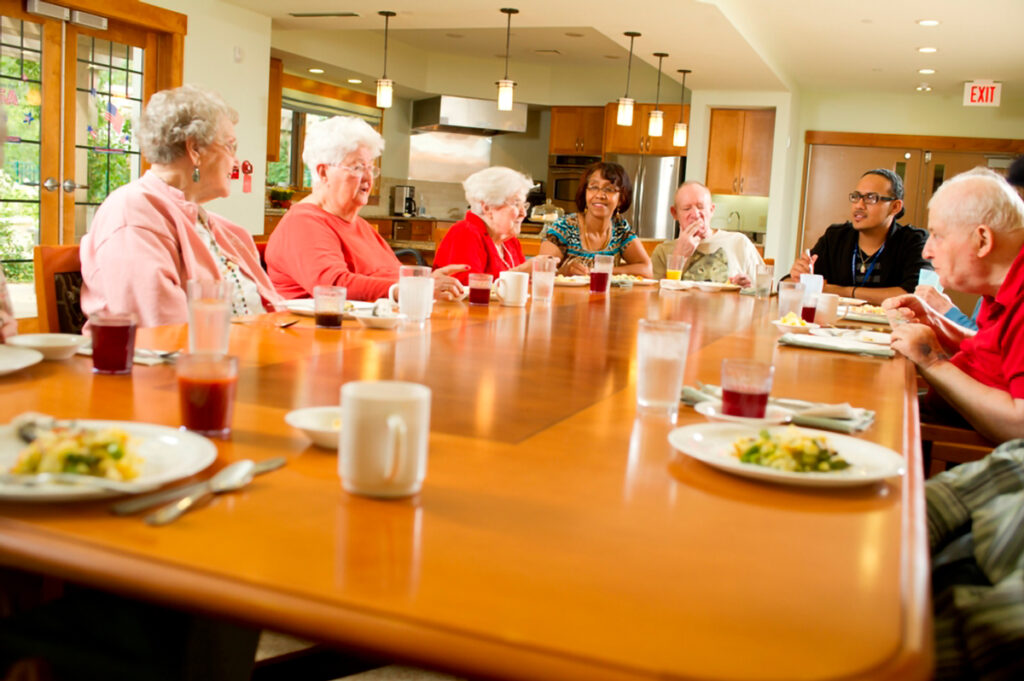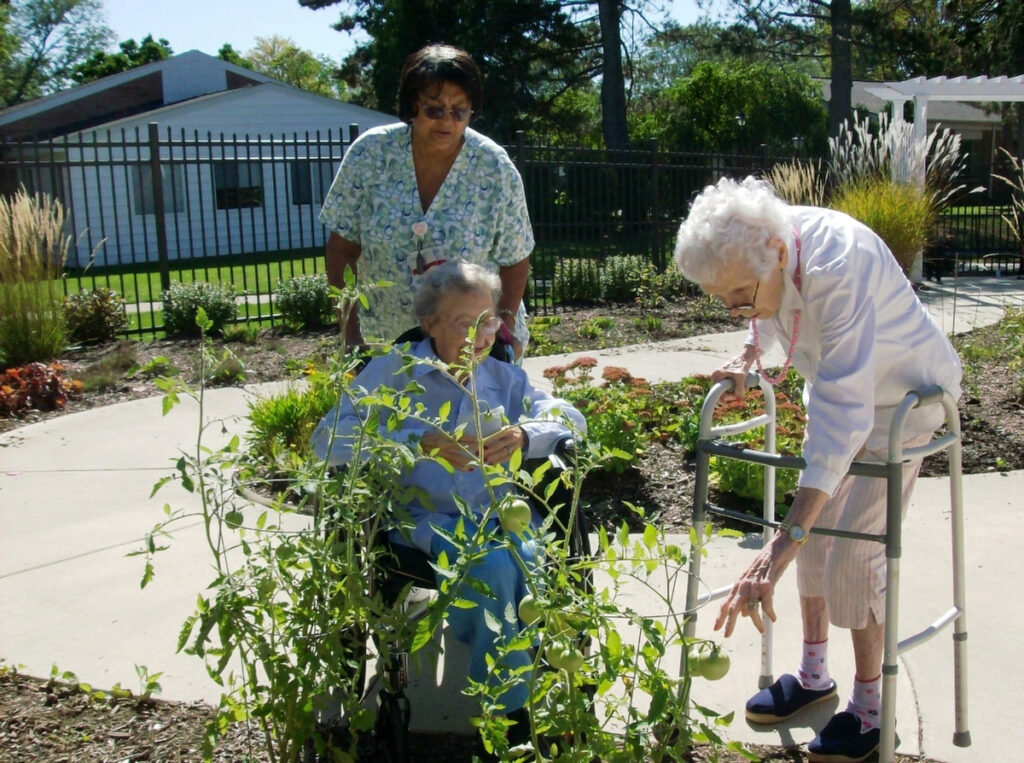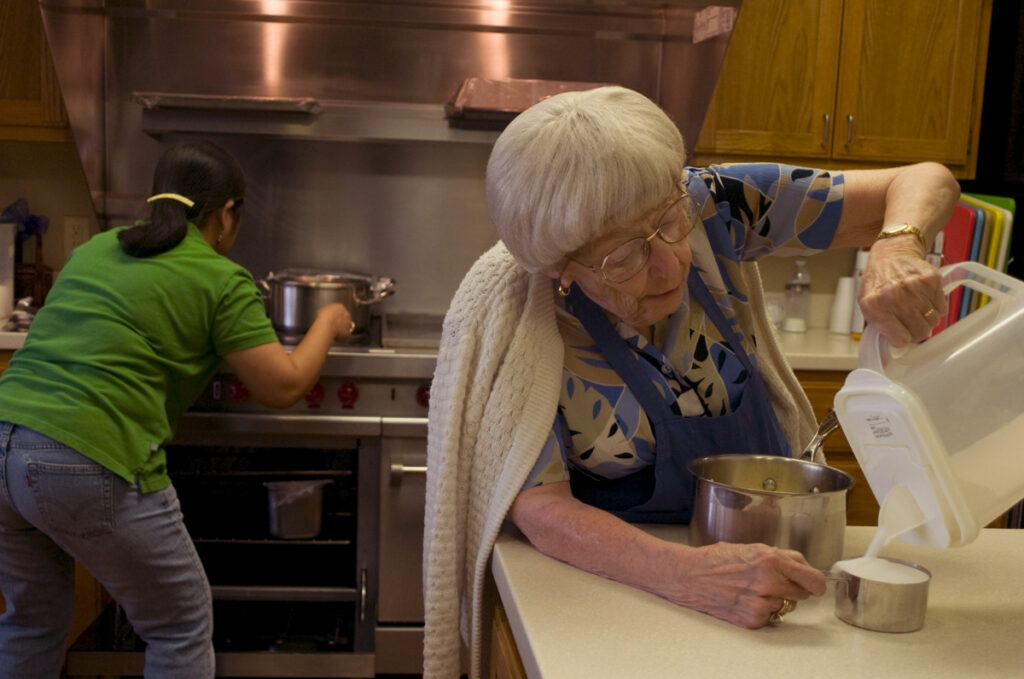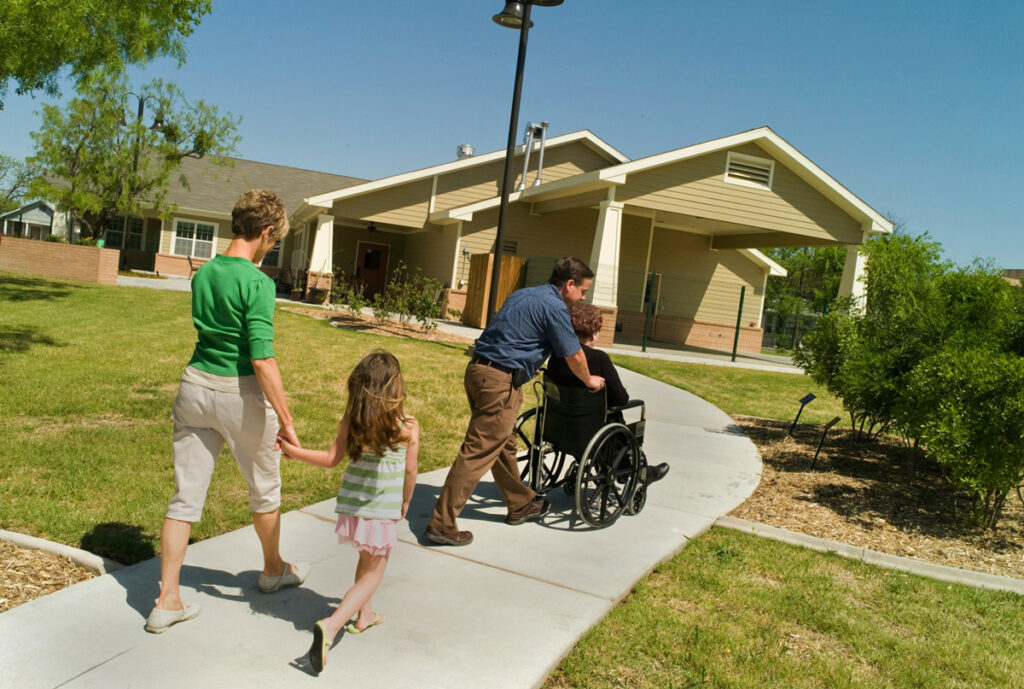For person-centered care, home-like settings are needed, but financing is elusive
November 2022 – The Journal of Healthcare Contracting

To call something “imperative” means it is urgently needed. But merely calling something “imperative” won’t necessarily make it happen. For example, the urgent need to reform how nursing home care is financed, delivered and regulated may be imperative, but financing substantial improvements in the nursing home environment – including bricks-and-mortar changes, such as private rooms and easy outdoor access for residents – is the tough part.
This spring, the National Academies of Sciences, Engineering and Medicine (NASEM) released a 350-page report titled, “The National Imperative to Improve Nursing Home Quality: Honoring Our Commitment to Residents, Families,
and Staff.” It follows by 36 years the 1986 Institute of Medicine report on “Improving the Quality of Care in Nursing Homes,” as well as the Omnibus Budget Reconciliation Act of 1987 (OBRA 87), which established more stringent standards for nursing homes in a wide range of areas.
Some quality improvements have occurred since 1987, the NASEM authors point out, but the COVID-19 pandemic “lifted the veil,” revealing and amplifying long-existing shortcomings in nursing home care, such as inadequate staffing levels, poor infection control, failures in oversight and regulation, and deficiencies that result in patient harm. The pandemic highlighted nursing home residents’ vulnerability and the pervasive ageism evident in undervaluing the lives of older adults, they said.
From institutions to homes
Part of high-quality nursing home care has to do with the physical environment of the nursing home itself. And by and large, it’s not in good shape.
The nursing home infrastructure is aging, and most facilities resemble institutions more than homes, according to the NASEM Committee. Smaller, home-like environments can promote infection control and enhance quality of life for residents and staff. With that in mind, the authors made the following recommendations:
- Create incentives for new construction and renovation of nursing homes to provide smaller, more home-like environments and smaller units within larger nursing homes.
- Ensure that new designs include private bedrooms and bathrooms.
- Allow flexibility to address a range of resident care and rehabilitation needs.
It’s not the first time that policymakers and others have called for changes to the physical environment of nursing homes.
In October 2020, the “Keeping Seniors Safe from COVID-19 Through Home Design Act” called for the U.S. Secretary of Housing and Urban Development, Secretary of Agriculture, and Secretary of Health and Human Services to conduct a study to identify improved home and housing design features and improved design features in nursing homes and assisted living facilities. (The act was never signed into law.) The intention was to help prevent and protect against the spread of infection by communicable diseases and suggest how design features could be afforded. The study would have considered any advantages from updated or improved heating, ventilation or air conditioning systems; installation of hands-free sinks; incorporation of outdoor space; and redesign and reuse of existing space.
Private rooms, outdoor access

In March 2021, the American Health Care Association (representing about 14,000 skilled nursing centers and service providers) and LeadingAge (the association of nonprofit providers of aging services) released their “Care For Our Seniors Act,” which called for modernizing nursing homes for resident dignity and safety, and shifting to private rooms whenever possible.
The average nursing home is around 40 to 50 years old, according to AHCA and LeadingAge. “The current reimbursement system incentivizes providers to put multiple long-stay residents and/or short-stay patients in the same room in order to make ends meet. Residents deserve better, and nursing homes must continue to evolve.
“These traditional care models for long-stay residents are no longer considered appropriate, as a new, welcomed emphasis on person-centered care continues to emerge. One central aspect of this shift is a greater emphasis on residents’ autonomy, dignity, and privacy. Increased privacy can also enhance the quality of care delivered, especially considering COVID-19 best practices and the efforts to promote infection prevention and control.”
The Nursing Home Improvement and Accountability Act of 2021 (which was referred to the Senate Committee on Finance, where it now rests) would have allotted $1.3 billion to establish a demonstration program for select skilled nursing facilities and nursing facilities to modify the built environment to pursue resident-centered care approaches. The facilities (or portions of existing facilities) would maintain no less than five and no more than 14 residents and would include:
- Private rooms and bathrooms when possible.
- Shared space, including a central living area with a communal dining table and accessible kitchen.
- Accessible outdoor space, including a protected garden space, for use by residents and their visitors.
The physical environment described in the proposed law mimics to some degree The Green House® Project (GHP), which encourages the development of Green House homes – primarily licensed skilled nursing facilities – which are small, self-contained, and which include private rooms and bathrooms for all residents, a living room with fireplace, and easily accessible outdoor spaces.

How to pay for it?
Given that nearly 1.3 million Americans reside in 15,000 certified nursing homes in the United States, how many could be housed in these smaller, more personal facilities? Good question.
“Transformative nursing home culture change is only likely to occur if policymakers and voters make this a priority,” David C. Grabowski, PhD, professor of health care policy, Department of Health Care Policy, Harvard Medical School, and a member of the NASEM Committee on the Quality of Care in Nursing Homes, told the Journal of Healthcare Contracting. “To date, that has, unfortunately, not been the case. Thus, nursing homes with more home-like settings and single-occupancy rooms are the exception rather than the rule. Research suggests that these types of nursing homes are more likely to be non-profit-owned and consist mainly of private-paying residents.
“However, this can be changed by public policy,” he says. “Current research finds that states that reward nursing homes through Medicaid for these types of culture change practices are more likely to have innovations in care delivery such as single-occupancy rooms and more activities for residents. Change will only happen through policy reform.”
It won’t happen overnight, but policymakers can encourage intermediate steps in addition to full transformation, he says. “For example, state Medicaid programs can pay a higher rate for single-occupancy rooms, and states can more strongly enforce activities and resident engagement as a condition of Medicare/Medicaid participation. A range of payment and regulatory levers are available … to transform nursing home care.”
A spokesperson for LeadingAge told the Journal of Healthcare Contracting, “It is important to note that there are other ways to create environments that are small and homelike, short of tearing down all nursing homes and replacing them with small houses.” Some LeadingAge members create “neighborhoods” within larger nursing homes, each with their own dining and common spaces. “Nursing homes are peoples’ homes. Recognizing that and restructuring to accommodate this can be an important first step.”
The bottom line


In its report, the NASEM Committee admits that funding has been and will remain a key issue for some time. “For many decades, the nursing home sector has experienced underinvestment in ensuring the quality of care and a lack of accountability for resource allocation,” they wrote. “The report’s recommendations likely will require a significant investment of additional financial resources at the federal and state levels and from nursing homes. However, the committee noted that key partners, such as CMS, may not currently have the full authority or resources to carry out the actions recommended, and therefore, congressional action may be required.”
“The math is simple,” said LeadAge President and CEO Katie Smith Sloan when the NASEM report was published. “Medicaid, the dominant payer of long-term care services, doesn’t fully cover nursing homes’ costs, especially the cost of providing quality care. As policymakers consider how to enact the report’s recommendations, they must back their actions with sufficient funding to make changes a reality.
“Without that, the committee’s work will be for naught.”
